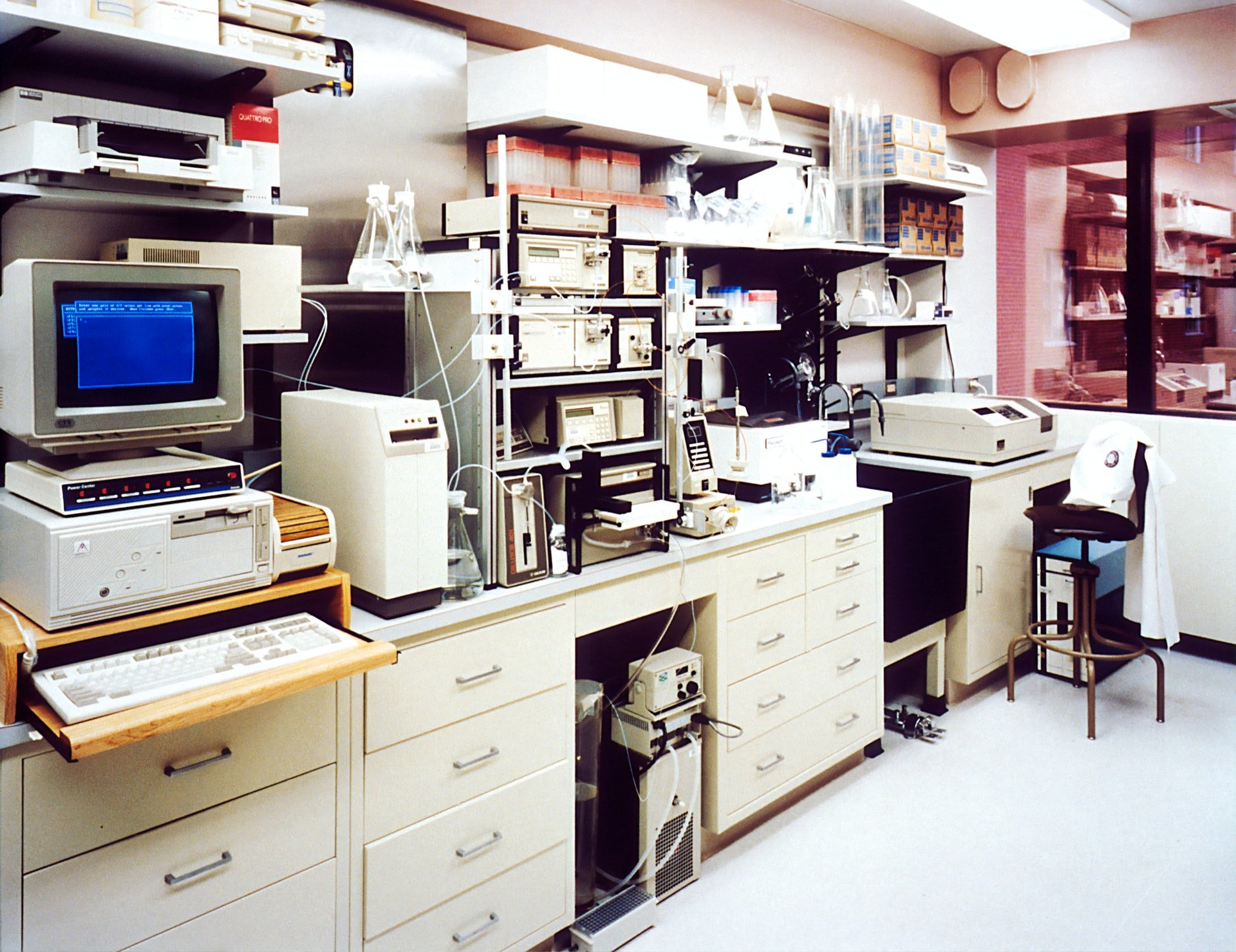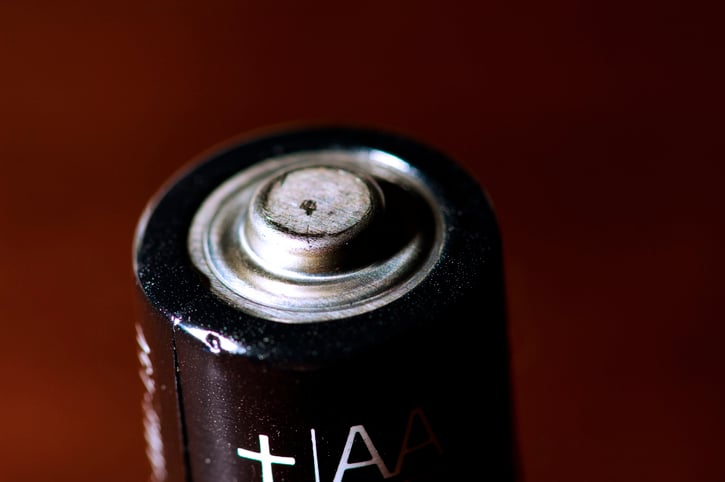HDI PCBs For Medical Device Electronics Design
PCBs have been getting smaller for the past few decades, and few industries have taken more advantage of that than the medical industry. While...
The benefits of new technologies in health care are awesome. Developers are showing off some amazing ideas for medical devices. It’s no surprise that medical electronics companies are rushing to be at the forefront of tech.
But it’s critical that the quality and manufacturability of the medical device match the ambition of its maker. Cutting corners isn’t an option.
Specifically, there’s a lot that goes into medical PCBs and their assembly and design. Use these five pieces of advice to improve safety in this high-stakes industry.

If your medical device project will include PCB design and assembly, take these factors into consideration:
Medical device assemblies may be exposed to:
Many devices live in or on the human body. For that reason alone, any malfunction can be extremely dangerous and open you up to liability issues.
This is a case where it pays to work with a PCB manufacturer familiar with high-reliability electronics design (aka Class 3, which we’ll discuss below). Your electronics contract manufacturer should be capable of helping you design to accommodate danger concerns.
The other half of a great safety-first attitude focuses on cleanliness.
Medical devices need to be easy to clean and disinfect. This may influence what kind of enclosure you use -- stainless steel is a natural solution for medical needs.
For example, stainless steel is easy to clean, which is why it is used so often in medical devices. A similar-but-different option is conformal coating, which can protect against:
Then there’s the downside of disinfecting. Some medical cleaning uses ozone exposure to kill pathogens. Some electronics can degrade in ozone, so component selection is very important here.
One final consideration: Interaction with other medical devices, including noise emission, can be a design concern. You don't want interference with someone's pacemaker, for example.
Medical devices and equipment are Class 3 electronics, which means you’re designing to a strict standard. Sometimes medical customers have special requirements and internal expectations that go beyond even Class 3 medical divice regulations.
The PCB manufacturer you work with needs to be able to meet all the requirements of Class 3 and any other requirements you may have. Some PCB companies specialize in Class 3 products, while others absolutely don’t. Do some investigating before you choose an ECM (electronics contract manufacturer).
Record keeping is one requirement that must be followed to a T. Lot tracking of components is particularly important in the medical industry, and it may be necessary to keep detailed records of a test or inspection process. ISO standards and FDA standards could be part of this process.
Sometimes the record-keeping mandates are open-ended – i.e., “10 years beyond the life of the product.” If you’re relying on your ECM to handle this, make sure they’re fully capable and that they know it’s necessary to keep records for a very long time.
Installation qualification, operation qualification, and process qualification (IQ, OQ, PQ) is another set of requirements that can come up in medical PCB manufacturing. You need to qualify your equipment both in general and for the particular assembly you’re building.
For example, if your contractor physically moves a machine, it may have to “requalify” the machine in the new location. The ECM has to prove nothing was changed, show it still functions just as well or better than before, and may need to recalibrate it.
A lot of contractors take shortcuts here, so make sure you use a PCB design service that adheres to requirements. Even if it bumps the price up a little bit.
Many medical device manufacturers are copy-exact as – which means that it is very difficult to change processes and design after they are set. You need a contractor who can make a consistent product without bringing quality variation into the mix.
All electronics makers should stay on their toes for component availability changes. It’s even more crucial for those who make life-saving products.
A good medical PCB assembly contractor will have the capability to predict component obsolescence using SiliconExpert or another component database software. This takes the burden of watching for supply chain snags off your hands.
The last thing you want is to have a component go obsolete and find out at the last minute. If a required change in component or design is significant enough, your product may have to go through the approval process all over again. Approval from federal agencies is extremely slow -- you don’t want to have to wait 2 years for the right component for a life-saving device.
A knowledgeable PCB assembly service will use the technology that is right for your specific needs.
More and more board design is going toward SMT (surface-mount technology). However, through-hole assembly still sees use in connectors and power requirements because they are physically stronger.
Some PCB assembly contractors are capable of both SMT and through-hole design.
Most electronics and electronic assemblies are shrinking. In a relatively short time, we’ve gone from desktops to laptops to tablets.
PCB contractors should be capable of helping you develop and manufacture your design, but most have their limits. For example, the current smallest package size on the market for surface-mounted components is 0201 (008004 -- 0.25 mm × 0.125 mm).
If you’re going to push for something smaller, make sure your contractor can handle placing those component sizes.
You can learn more about PCB design for manufacturability here.
Following the right advice -- not just here, but from your circuit board assembly contractor too -- makes medical electronics design easier, safer, and quicker to market. You’ll be more prepared to handle any trends the industry throws at you -- with the help of a trusty ECM.
To learn more about PCB component sizes, get our free charts below:
(Editors note: This blog was originally published in February 2020 and was updated in 2022 to reflect current and updated information)

PCBs have been getting smaller for the past few decades, and few industries have taken more advantage of that than the medical industry. While...

Medical device companies looking for a PCB design and assembly partner have many important factors to consider, all with the end user’s well-being at...

When reliable performance matters – whether in medical devices or handheld mining tools – every component in your design needs to contribute to...